A street in Ward 4, Tan An City is named after Nguyen Cuu Van.
Nguyen Cuu Van is the grandson of Nghia Quan Cong Nguyen Cuu Kieu and the only son of Duc Duc Hau Nguyen Cuu Ke. He is considered by the Nguyen Dynasty's official history as a famous general with great contributions in reclaiming land, establishing villages, building and protecting the borderlands in the South around the second half of the 17th century - the beginning of the 18th century. He is also one of the 5 Superior Gods (including: Luong Van Chanh, Bui Ta Han, Nguyen Huu Canh, Nguyen Cuu Van and Tran Thuong Xuyen) worshiped at the Van Thanh Temple of Vinh Long province.
According to the book Dai Nam liet truyen tien bien volume 4 of the National History Institute of the Nguyen Dynasty, Nguyen Cuu Van held the position of Chinh thong Cai co. During the 14th year of Emperor Hien Tong's reign, At Dau (1705), there was an internal conflict in the country of Chenla, and the brothers Nac Yem and Nac Tham raised troops to fight each other. Nac Tham asked for help from the Siamese army to fight Nac Yem. Nac Yem fled to Gia Dinh to ask for help from the Nguyen Lord. The Lord sent Nguyen Cuu Van as Chinh thong binh, leading the navy and army to fight the Siamese army. When they reached Sam Giang and met the Siamese army, Van blocked the attack, the Siamese army was defeated and fled, Nac Tham followed the Siamese army. Van collected many spoils of war and offered them to King Chieu Thuy Yen to stabilize the situation. King Chieu Thuy Yen gave him the land of Vung Gu from Chenla. After receiving Vung Gu, Nguyen Cuu Van immediately organized the opening of the military camp, established the plantation and planted the first rice fields in Cau Uc. Vung Gu land - now Tan An city - officially entered our country's map from then on.
According to the book Gia Dinh Thanh Thong Chi, by the beginning of the 18th century, Vung Gu was still a wild land, with dense vegetation and a sparse population of Khmer, Vietnamese, and Chinese people living together... To promote the reclamation, the Nguyen lords used many measures, focusing on the form of plantations, with soldiers as the main force combined with the poor to reclaim the land. Nguyen Cuu Van was the pioneer in using the army to reclaim the land of Vung Gu, which was then a border area that was often harassed by bandits. With foresight, Nguyen Cuu Van ordered the construction of a defensive rampart from Quan (Thi) Gai to Luong Phu market, and dug the source of the Cau Uc and My Tho rivers to bring water to build a moat outside the rampart so that the defense could be strict (according to Dai Nam Liet Truyen).
Thu Tuu Canal is 1/19 canals connecting with Bao Dinh Canal in Tan An City. Photo: QH.
Vung Gu Canal had many economic and defense benefits when it was still a border area of our country. In 1819, King Gia Long ordered Dinh Tuong Governor Nguyen Van Phong to bring nearly 10,000 laborers to dredge, deepen, and widen Vung Gu Canal and named it Bao Dinh River (Bao Dinh Giang); later called Bao Dinh Canal.
In addition to connecting with the Vam Co Tay River in the North and the My Tho River in the South, Bao Dinh Canal also flows with 19 natural canals in the West and East, creating a system of canals and ditches as it is today. Since then, in addition to its security and defense effects, Bao Dinh Canal has also served the purpose of land reclamation, irrigation and water transport for the southern region of our country. During the process of "opening up land and establishing villages", there were times when Nguyen Cuu Van applied a policy that was too "rigid", causing Lord Nguyen to call him back and reprimand him: "You are the son of a general, defending a region, but you did not think about feeding the people. Those people who have just returned, if you force them to do (hard) work, how can they endure it?"
From then on, Nguyen Cuu Van gathered the displaced people, used his power to persuade the people, distributed land, and established grassroots administrative units so that people, even though they were far from the central government, could feel secure in making a living on the land they controlled. Nguyen Cuu Van also, together with General Tran Thuong Xuyen, pacified the border, won the hearts of the ethnic groups so that they could live in harmony with each other, making the Khmer people admire him very much.
When the incident of Nac Tham returning from Siam to plot against Nac Yem happened, Nac Yem immediately sent someone to Tran Bien to report and ask for Tran Bien's deputy general at that time, Nguyen Cuu Van, for help. Nguyen Cuu Van and Tran Thuong Xuyen reported the matter to Lord Nguyen Phuc Chu, who trusted the two wise men and gave him the right to make his own decision. The two generals Van and Xuyen resolved the matter peacefully, bringing peace to the kingdom of Chenla.
Nguyen Cuu Van also created many spiritual belief establishments in the newly reclaimed land. He ordered the construction of temples and pagodas and was granted royal decrees by Lord Nguyen, such as the "Sac Tu Ho Quoc Tu" pagoda on Tran Bien land, for example. (These temples and pagodas are now ancient relics recognized by the State). Recognizing the work Nguyen Cuu Van did in the Southern land, the Nguyen Dynasty historians affirmed in Dai Nam Liet Truyen that: "Regarding the expansion of the Southern land, Van's contributions were numerous."
With that merit, from the year At Mui (1715) - the 11th year of Vinh Thinh (Nguyen Phuc Chu), the 24th year of Hien Tong Emperor's reign, he was appointed to approve the fields he reclaimed as "quan dien biet thuc" (fields granted by the government as private property); "chau phe dien" (fields granted by the government), "Nguyen cong tu dien" (fields worshiping Mr. Nguyen).
The date and month of birth and death of Marquis Van Tuong Nguyen Cuu Hanh/Nguyen Cuu Van are unknown. He had 6 sons and 4 daughters. The eldest son, Marquis Triem An Nguyen Cuu Bua (history calls him Cuu Triem) and the fifth son, Marquis Dam An (history calls him Cuu Dam) were both excellent in succeeding him, creating many historical marks in the Southern land. Marquis Triem An Nguyen Cuu Bua was the Deputy General of Tran Bien citadel. Marquis Dam An Nguyen Cuu Dam was in charge of national defense, built Ban Bich rampart (1772) to protect the land of Saigon-Gia Dinh, which is now one of the important historical relics of Ho Chi Minh City.
The Standing Vice President of the Long An Province Historical Science Association - Do Thanh Binh said that Long An Province is preparing to open a scientific seminar on Nguyen Cuu Van. Choosing a park in the center of Tan An City to erect a statue and naming the park Nguyen Cuu Van is also being considered, demonstrating the morality of "When drinking water, remember its source". Hopefully, through the above scientific seminar, we will be provided with a lot of new information about the historical figure Nguyen Cuu Van./.
Quang Hao
(This article is based on the document "Civil and military mandarins of Thuan Hoa in the land opening up of the South" by author Vo Vinh Quang published in Xua & Nay issue 552, June 2023.)
Source link


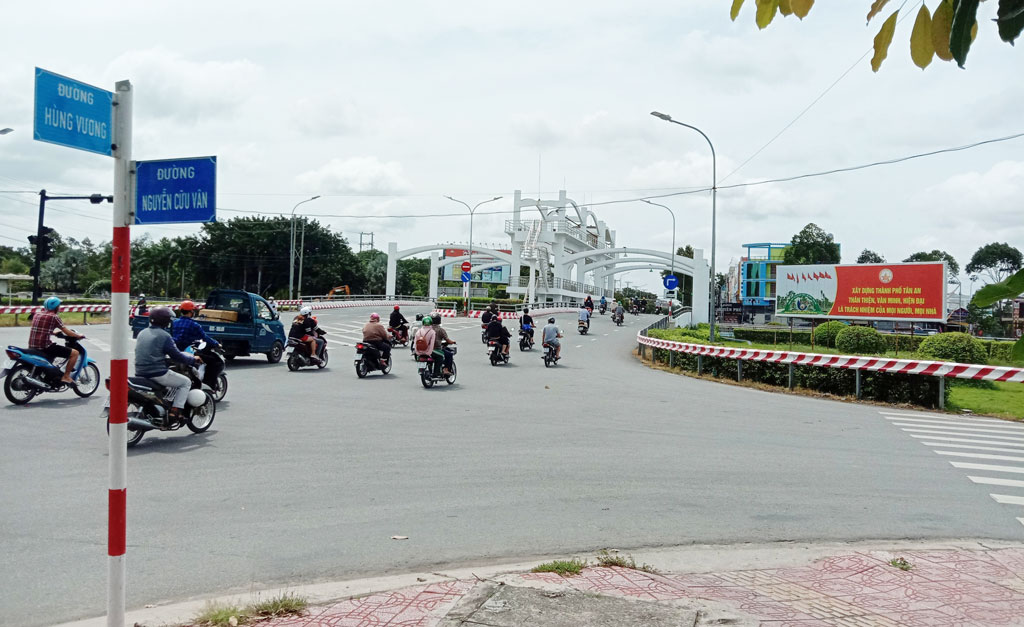
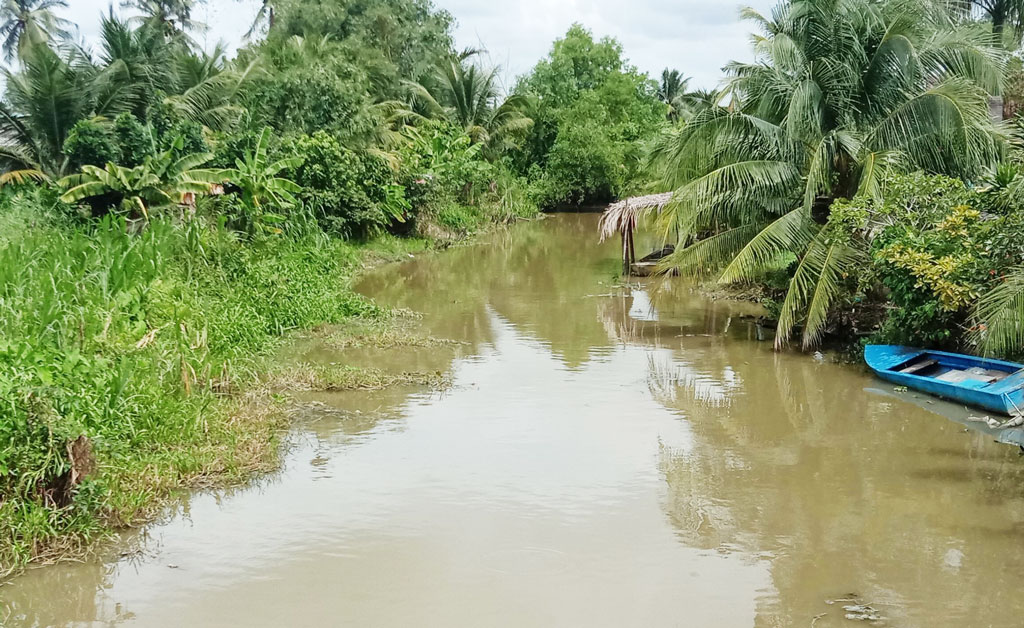
![[Photo] A delegation of 100 journalists from the Vietnam Journalists Association visits the soldiers and people of Truong Sa island district.](https://vphoto.vietnam.vn/thumb/1200x675/vietnam/resource/IMAGE/2025/5/30/0984a986227d4e988177f560d2e1563e)
![[Photo] General Secretary To Lam receives Chief of the Central Office of the Lao People's Revolutionary Party](https://vphoto.vietnam.vn/thumb/1200x675/vietnam/resource/IMAGE/2025/5/30/140435f4b39d4599a3d17975dfb444c5)
![[Photo] Journalists moved to tears at the Memorial Service for the soldiers who died in Gac Ma](https://vphoto.vietnam.vn/thumb/1200x675/vietnam/resource/IMAGE/2025/5/30/9454613a55c54c16bf8c0efa51883456)

![[Photo] National Conference "100 years of Vietnamese Revolutionary Press accompanying the glorious cause of the Party and the nation"](https://vphoto.vietnam.vn/thumb/1200x675/vietnam/resource/IMAGE/2025/5/30/1cf6cd5c8a934ebfa347028dcb08358c)

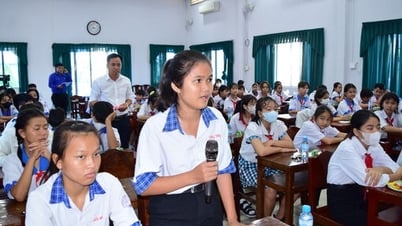

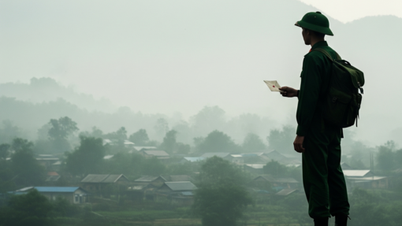

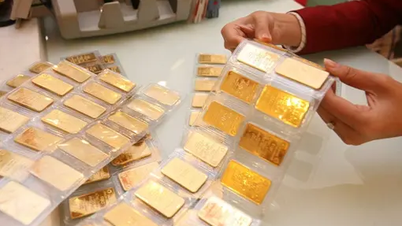






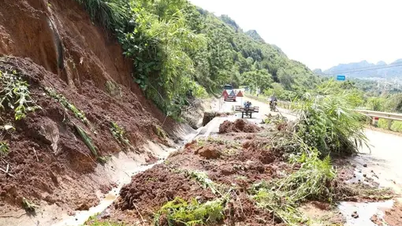
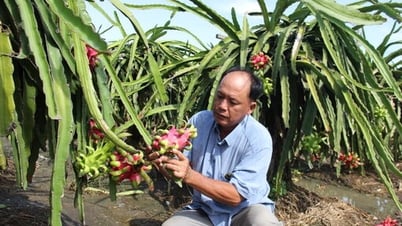
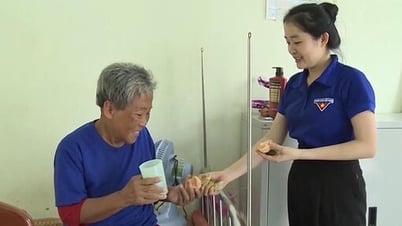
























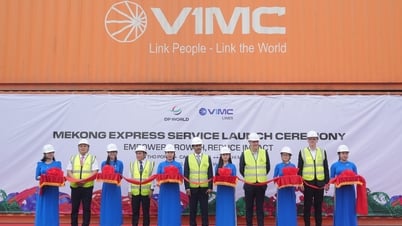






















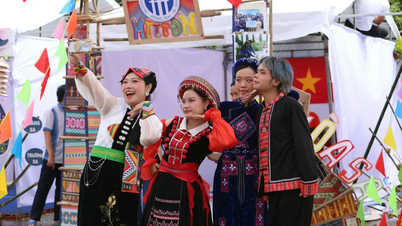

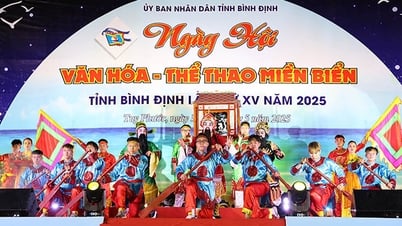














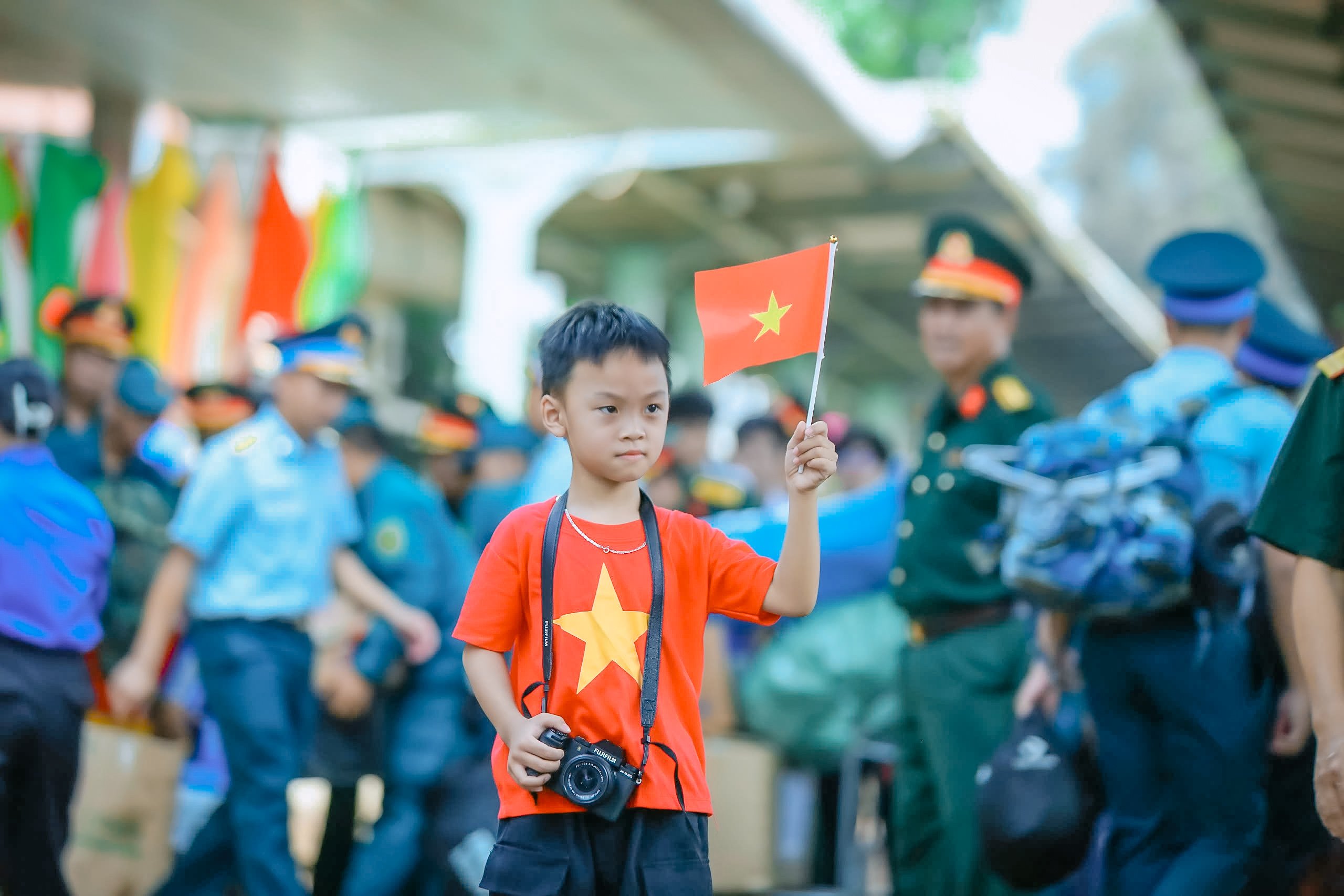



Comment (0)